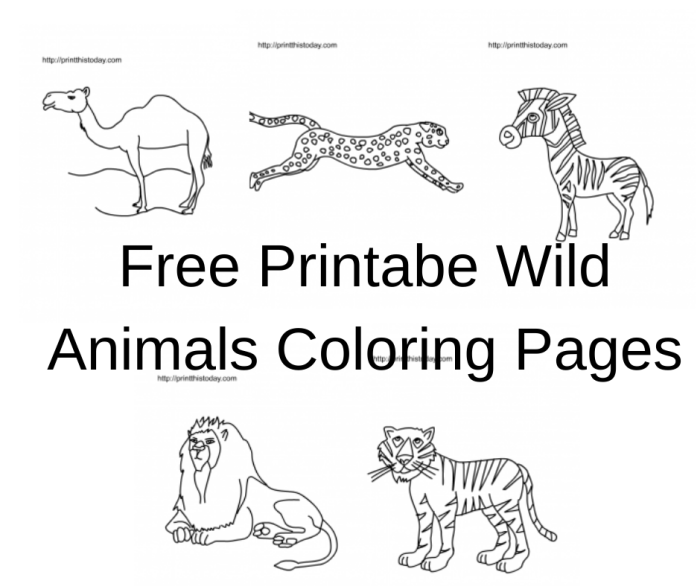Illustration Creation & Style
Create a coloring book – Creating compelling coloring book illustrations requires a careful consideration of artistic style, subject matter, and technical execution. The success of a coloring book hinges on the ability to provide engaging visuals that appeal to a wide range of ages and skill levels. A diverse range of styles and detailed depictions is key to captivating the user.
Artistic Styles for Coloring Books
Three distinct artistic styles lend themselves particularly well to the coloring book format: whimsical, realistic, and geometric. Whimsical styles prioritize playful lines, exaggerated features, and a lighthearted mood. Realistic styles strive for accurate representation of subjects, employing detailed rendering techniques. Geometric styles utilize shapes and patterns to create visually interesting compositions.
Detailed Illustration Descriptions, Create a coloring book
Five diverse illustrations, each with a unique style and approach, will exemplify the breadth of possibilities within the coloring book context.
- Subject: A playful unicorn frolicking in a field of flowers. Style: Whimsical. Color Palette: Pastel pinks, purples, and blues, with vibrant greens for the foliage. Detail: Moderate detail in the unicorn’s mane and tail, with simpler, less detailed flowers. The overall effect is light and airy.
- Subject: A majestic lion resting under a baobab tree. Style: Realistic. Color Palette: Warm browns, tans, and golds for the lion, with muted greens and browns for the landscape. Detail: High level of detail in the lion’s fur, musculature, and facial features. The baobab tree is also rendered with significant detail, showing texture and form.
- Subject: An intricate mandala design. Style: Geometric. Color Palette: A spectrum of bright, jewel-toned colors. Detail: Extremely high level of detail, with many intricate patterns and repeating motifs. The design is complex and visually stimulating.
- Subject: A group of children playing in a park. Style: Whimsical. Color Palette: Bright, primary colors, with pops of secondary colors for accents. Detail: Moderate detail in the children’s clothing and features, with simpler backgrounds. The overall feel is energetic and fun.
- Subject: A detailed portrait of a hummingbird in flight. Style: Realistic. Color Palette: Vivid greens, blues, and reds, with iridescent highlights to capture the bird’s shimmer. Detail: High level of detail in the hummingbird’s feathers, wings, and beak. The background is blurred to emphasize the subject.
Line Weight and Texture in Coloring Book Illustrations
Line weight and texture play crucial roles in creating engaging coloring book illustrations. Varying line weight adds depth and dimension, guiding the eye and creating visual interest. Thicker lines can define Artikels and create a sense of weight, while thinner lines can add subtle details and create a sense of delicacy. For example, a realistic illustration of a dog might use thick lines to define its body shape and thinner lines to depict its fur.
A whimsical illustration of a cat, conversely, might use thin, playful lines to create a light and airy feel.Texture, created through varied line work, stippling, or hatching, adds visual richness and encourages creative coloring. A detailed illustration of a tree bark, for example, might utilize heavy hatching to create a rough, textured surface. Similarly, stippling can create a sense of softness in a flower petal or a smooth surface in a polished gemstone.
The contrast between different textures, such as the smooth skin of a character versus the rough texture of their clothing, adds visual interest and depth. The use of varied line weight and texture can significantly enhance the overall appeal and engagement of a coloring book illustration, making it more inviting and enjoyable for the user.
FAQ Overview: Create A Coloring Book
What type of paper is best for a coloring book?
Thicker paper (at least 80lb) is recommended to prevent bleed-through, especially with markers or watercolors. Consider the age group; younger children might benefit from a slightly less porous paper.
How do I protect my coloring book designs from copyright infringement?
Register your designs with the US Copyright Office (or your country’s equivalent) to establish legal ownership and protection against unauthorized use.
What are some good resources for finding royalty-free images?
Websites like Unsplash, Pexels, and Pixabay offer a wide selection of royalty-free images that can inspire your illustrations. Always double-check the license before using any image.
How can I test my coloring book design before printing a large quantity?
Print a few test copies using different paper types and printing methods to evaluate the final look and feel before committing to a large print run.
The arduous task of creating a coloring book, fraught with artistic peril and the constant threat of crayon-related injuries, can be significantly alleviated. One might consider, for instance, leveraging the readily available resources such as those found at printable coloring book pages to jumpstart your project. This allows you to focus on the truly important aspects of coloring book creation: the overall theme and, of course, the marketing strategy.

